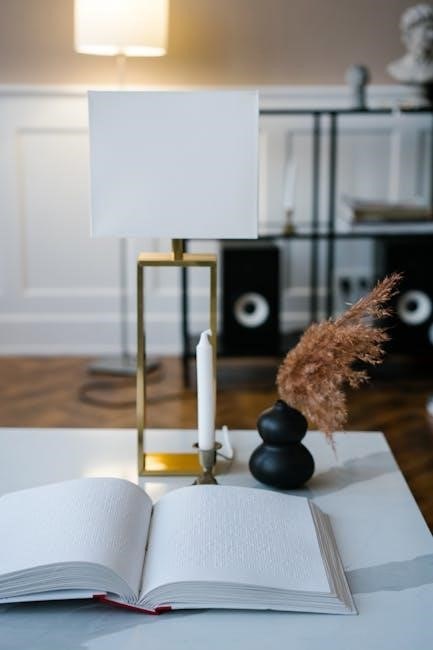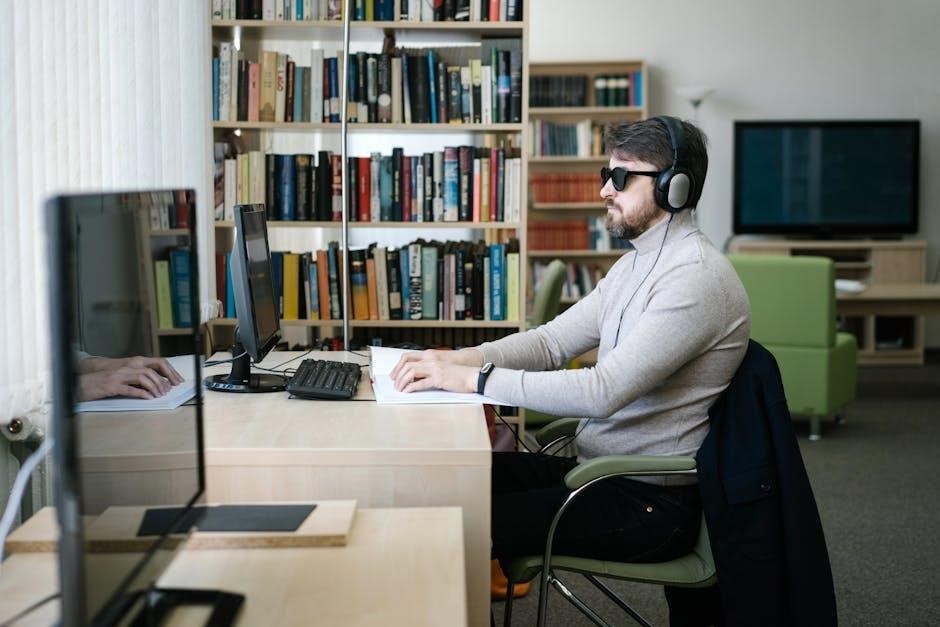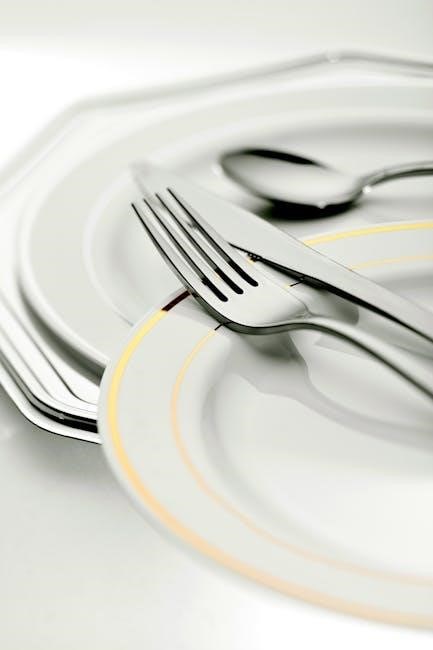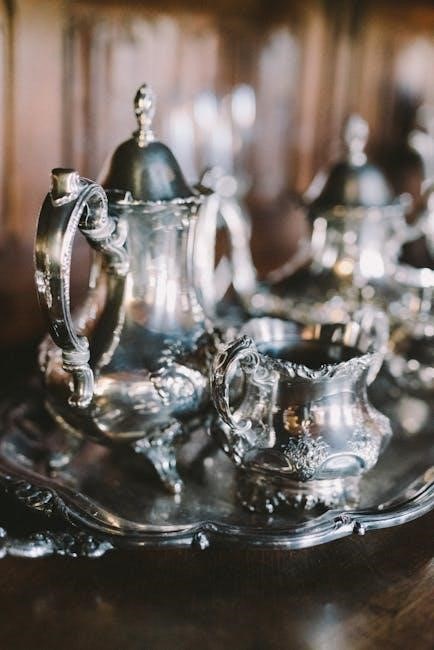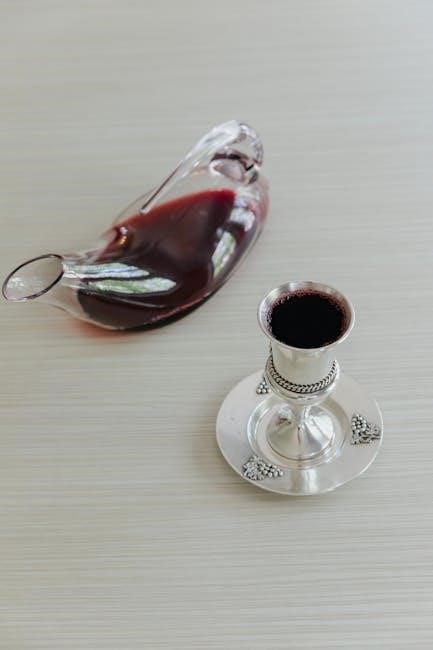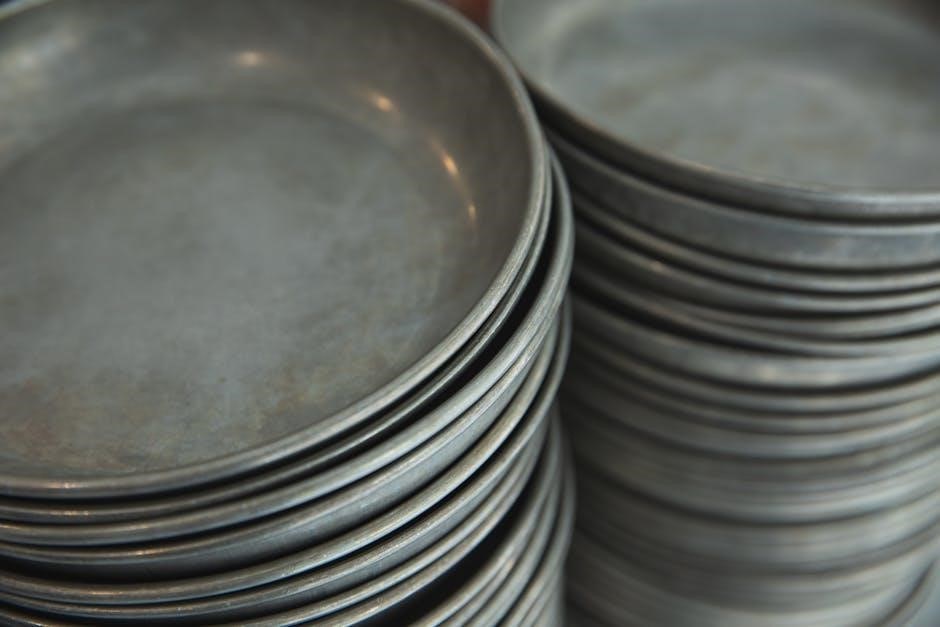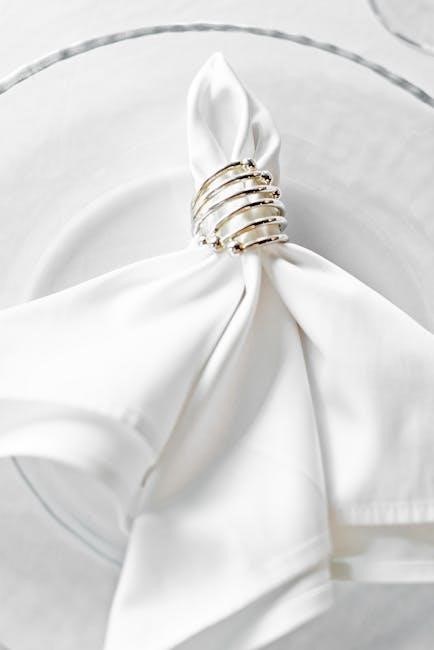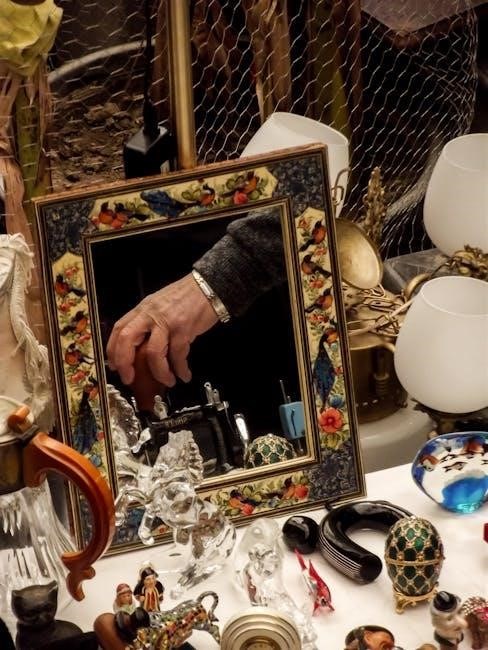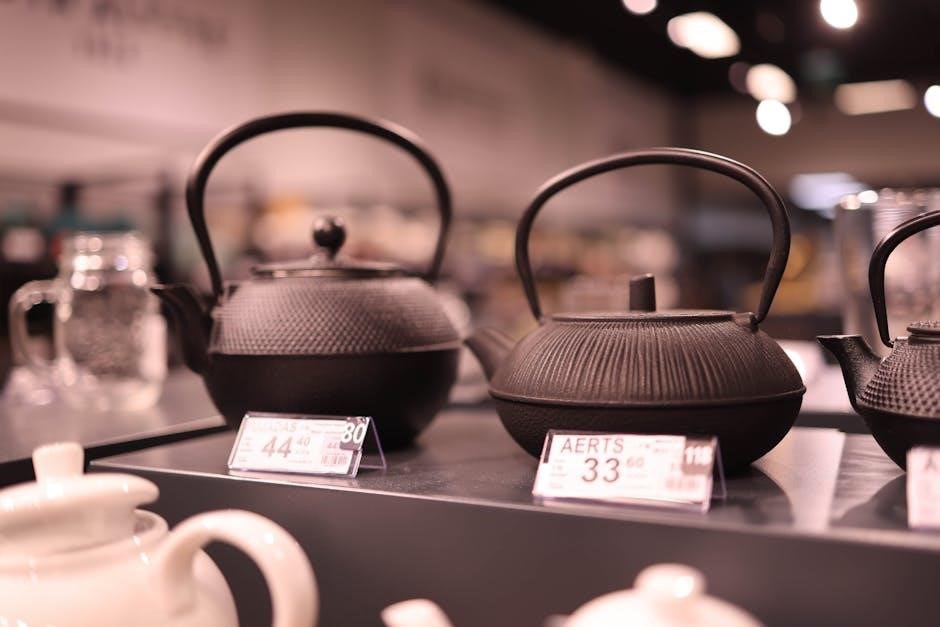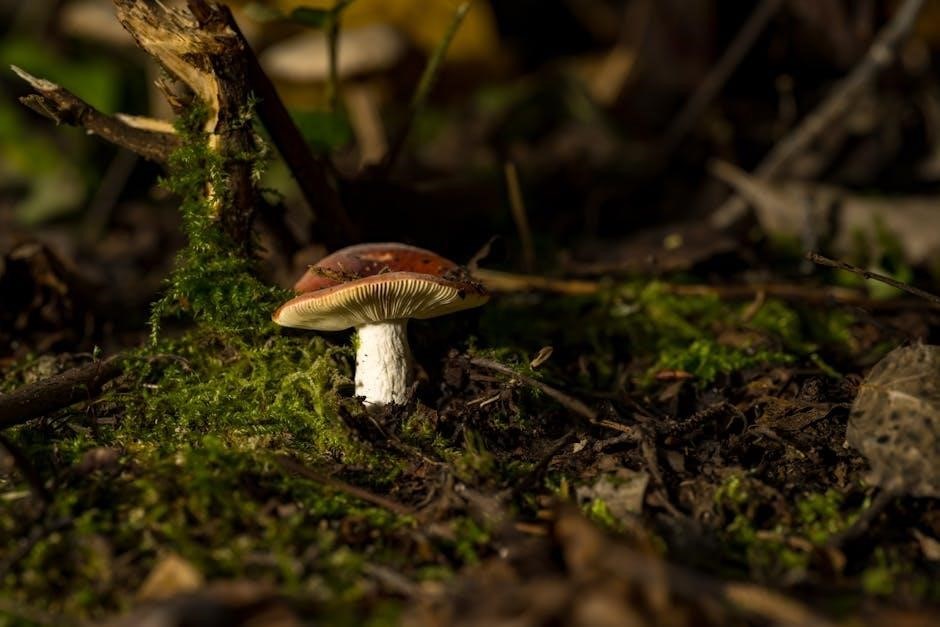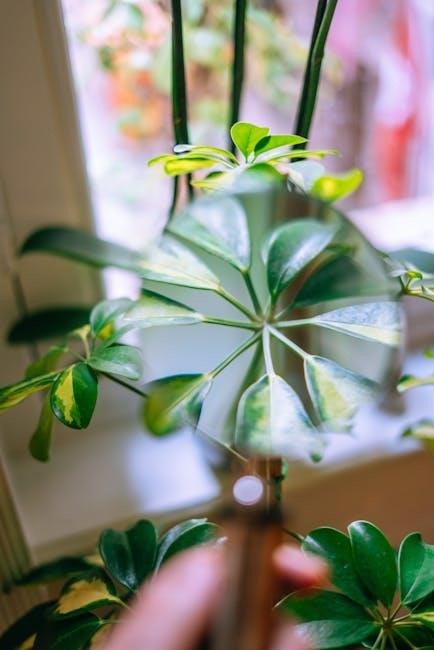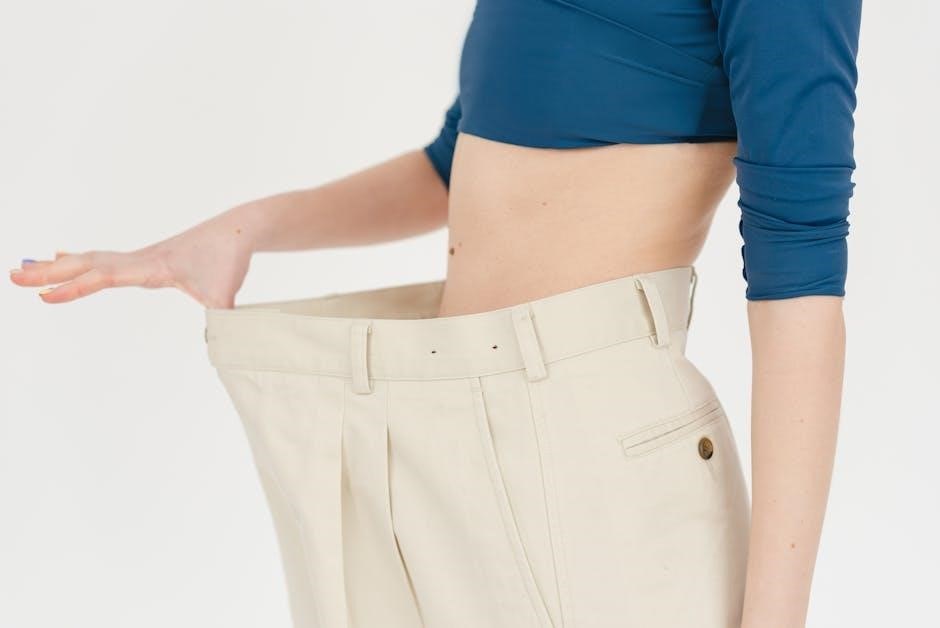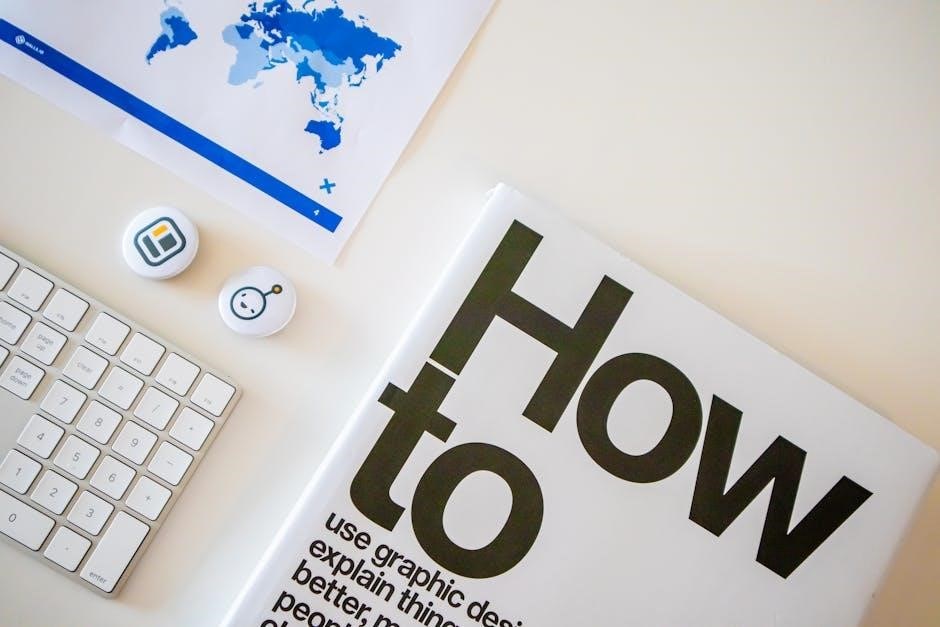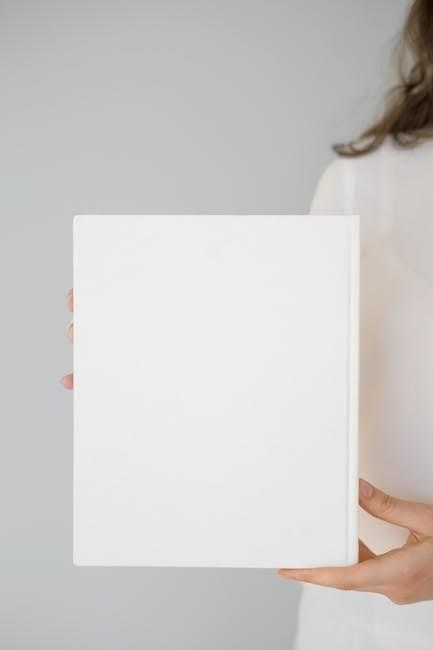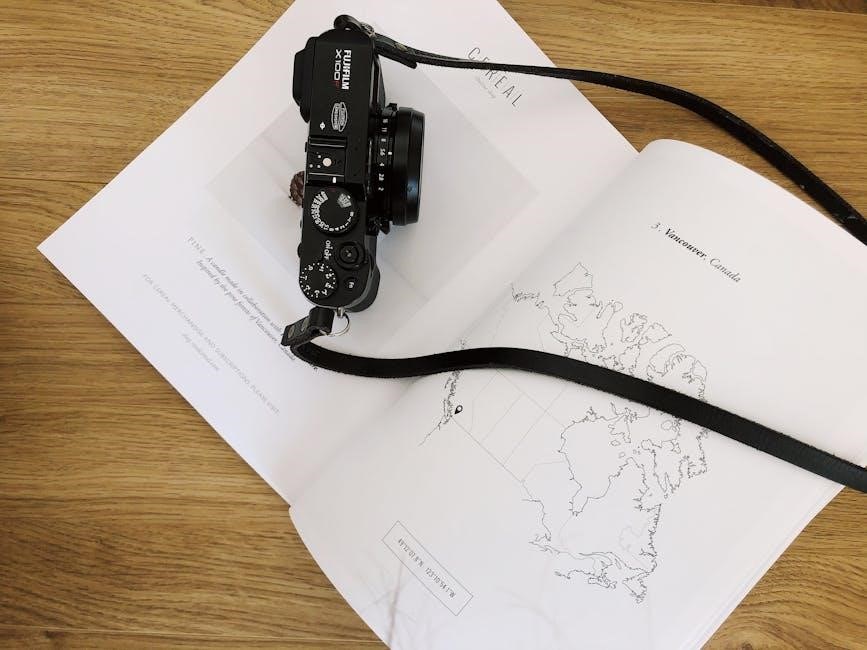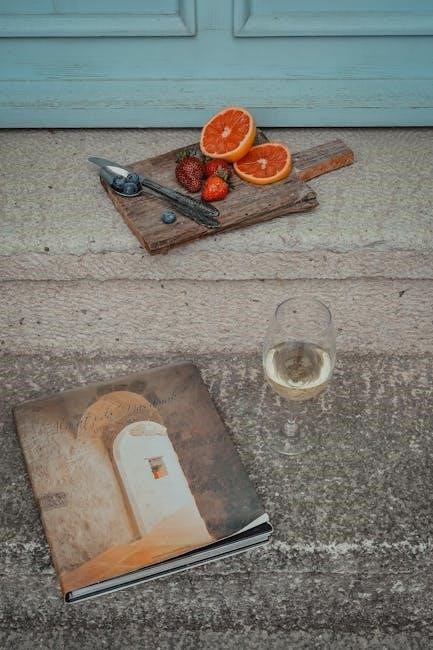Discover TTweakMaps by TravelTweaks, a navigation tool offering accurate maps and real-time updates for enhanced travel experiences with customizable layers and personalized recommendations for diverse users every day always.
What is TTweakMaps
TTweakMaps is a cutting-edge navigation and travel planning tool developed by TravelTweaks, designed to provide accurate and detailed maps for various users. The platform offers a range of features that enhance travel experiences, including real-time updates and personalized recommendations. With TTweakMaps, users can access customizable maps that cater to their specific needs and preferences. The tool is suitable for diverse users, from everyday commuters to adventurous travelers. TTweakMaps combines traditional map practicality with digital technology, making it an essential companion for navigation and travel planning. The platform’s accuracy and reliability make it an invaluable resource for users seeking to explore new destinations or navigate familiar territories. By utilizing TTweakMaps, users can optimize their travel experiences and make informed decisions about their journeys. The tool’s innovative approach to map guides has revolutionized the way users interact with maps and plan their travels. Overall, TTweakMaps is a versatile and user-friendly tool that simplifies travel planning and navigation.

Features of TTweakMaps
TTweakMaps offers various features including map views and location sharing options always available online every day.
Customizable Map Layers
TTweakMaps from TravelTweaks boasts a revolutionary feature that allows users to customize map layers according to their preferences, making it easier to navigate and explore destinations. The customizable map layers enable users to add or remove layers, such as traffic, weather, or points of interest, to create a personalized map view. This feature is particularly useful for travelers who want to focus on specific aspects of their journey, such as finding the best restaurants or avoiding traffic congestion. With TTweakMaps, users can tailor their map experience to suit their individual needs, making it an essential tool for anyone looking to make the most of their travels. The customizable map layers are also regularly updated to ensure that users have access to the most accurate and relevant information, allowing them to plan their trips with confidence. Overall, the customizable map layers are a key feature of TTweakMaps, setting it apart from other navigation tools and making it a valuable resource for travelers.

Benefits of Using TTweakMaps
TTweakMaps offers numerous benefits, including enhanced navigation, personalized recommendations, and real-time updates, making it an essential tool for travelers and commuters alike every day always with great ease and accuracy online.
Reliability and Accuracy
TTweakMaps is renowned for its reliability and accuracy, providing users with the most up-to-date information and real-time updates. This ensures that travelers and commuters can navigate with confidence, avoiding unnecessary delays and frustrations. The platform’s commitment to accuracy is evident in its detailed maps and precise routing, making it an indispensable tool for everyday use. With TTweakMaps, users can trust that they are receiving the most accurate and reliable information, allowing them to plan their journeys with ease and precision. The platform’s reliability and accuracy have earned it a reputation as a leading navigation tool, and its users can attest to its effectiveness in providing seamless and efficient travel experiences. By leveraging the latest technology and data, TTweakMaps is able to maintain its high standards of reliability and accuracy, making it the go-to choice for travelers and commuters alike. Overall, TTweakMaps is a trusted and reliable navigation platform.

Step-by-Step Guide to Using TTweakMaps
Learn to navigate TTweakMaps with easy steps and maximize its features for efficient travel planning always using the platform effectively every day.
Signing Up and Setting Preferences
To get started with TTweakMaps, users need to sign up and set their preferences, this process is straightforward and easy to complete. The sign-up process involves creating an account on the TravelTweaks website or downloading the TTweakMaps app. Once the account is created, users can set their preferences, including language, travel style, and preferred map format. The platform allows users to customize their experience to suit their needs, making it more efficient and enjoyable to use. By setting preferences, users can ensure that they receive personalized recommendations and real-time updates that are relevant to their travel plans. This initial step is crucial in maximizing the benefits of using TTweakMaps, and it lays the foundation for a seamless and enjoyable travel experience. The sign-up and preference setting process is designed to be user-friendly, allowing users to quickly and easily start using the platform.

Planning Your Destination with TTweakMaps
Plan your destination with TTweakMaps, a tool offering personalized travel guides and maps for easy navigation and exploration always helping users every day.
Entering Your Destination
To start planning your trip with TTweakMaps, you need to enter your destination in the search bar. This will give you access to a wide range of maps and guides tailored to your specific needs. The search function is user-friendly and allows you to input your destination using various criteria, such as city, country, or landmark. Once you have entered your destination, TTweakMaps will provide you with a list of relevant results, including maps, travel guides, and recommendations for accommodations, restaurants, and activities. You can then use this information to plan your itinerary and make the most of your trip. The process of entering your destination is straightforward and easy to follow, making it simple for users to get started with TTweakMaps and begin planning their next adventure. With its intuitive interface and comprehensive database, TTweakMaps is the perfect tool for anyone looking to explore new destinations.

